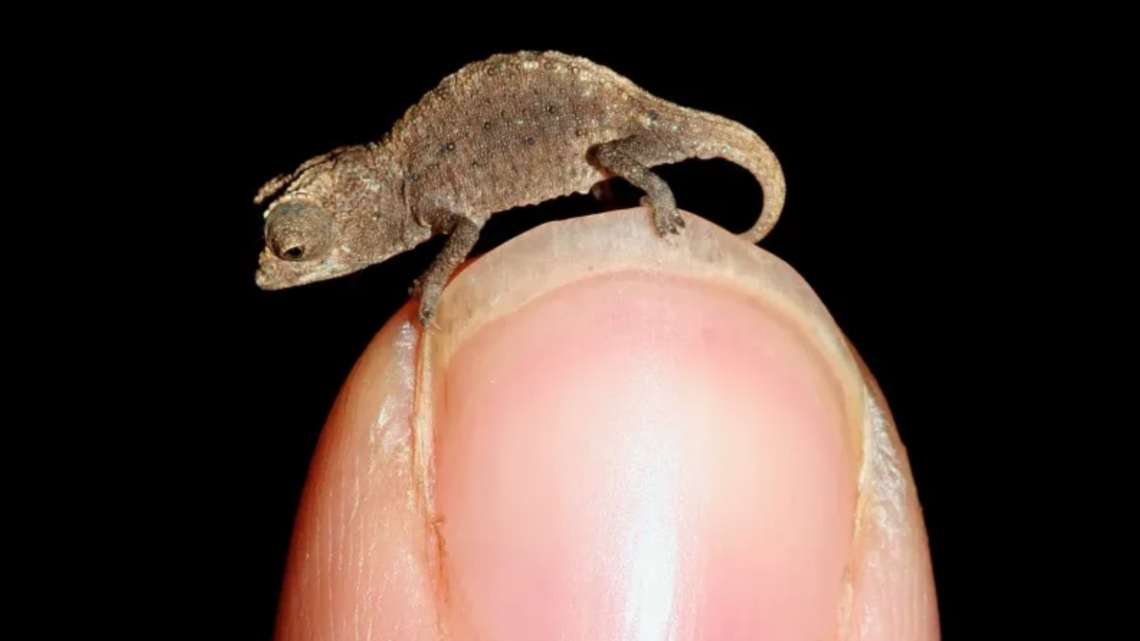
The Dwarf Zoo is a growing archive of insularly dwarfed animals. Often when a species gets stuck on an island their size changes. Sometimes they grow larger like the giant turtles on the Galapagos. In Dwarf Zoo however we are interested in insular dwarfs; island animals that have evolved to a strikingly diminuitive size. Perhaps these evolutionary precursors have something to teach us.
Homo Floresiensis. Although it is not an animal Homo Floresiensis is the reason for our interest in insular dwarfism. With an average size of only 102 cm this human species living on the Indonesian island of Flores may have evolved from larger Homo Sapiens, or could be a species of its own. In any case its diminuitive size is an inspiration to The Incredible Shrinking Man and shows us a glimpse of a possible future.
The North Ronaldsay Sheep of the tiny remote Orkney island by the same name, are the only animal apart from the Galapagos Marine Iguana that feeds itself entirely with seaweed. Not surprisingly, it’s also considerably smaller than regular sheep.
Before its extinction in 1905 the Honshu Wolf was the world’s smallest known wolf. From nose to tail, it grew to about 90cm in length and stood about 30cm tall.
Europasaurus is a quadrupedal herbivorous dinosaur. It lived about 154 million years ago in northern Germany and has been identified as an example of insular dwarfism resulting from the isolation of a sauropod population on an island within the Lower Saxony basin.
The Channel Island Pygmy Mammoth from the California Channel Islands weighed only 1/10th of its contemporaries. Remains of this species, which evolved to fit within the ecosystem of the now mostly-submerged Santa Rosae island off the coast of California, were first discovered in 1856. Recently an even smaller mini mammoth was discovered in Crete with a shoulder height of just 113 cm.
Also on the Channel Islands live six species of the very small Island Fox. Each species developed on a seperate island. Foxes from each island are capable of interbreeding, but have genetic and phenotypic distinctions that make them unique. They’re smaller than a house cat.
Unlike today’s pygmy elephants, which are subspecies of their own, prehistoric dwarf elephants evolved to be much smaller than modern elephants due to their insularity on islands around the world including Crete, Cyprus, Timor and Flores. And in comparison with prehistoric dwarf mammoths dwarf elephants were much smaller: the Cyprus dwarf elephant weighed only 440 pounds.
The Jersey Red Dwarf Deer shrunk to only about 1/6th of its original size in less than 6000 years. It went extinct after man inhabited the island. Endangered today are Key Deer. They can be recognized by their characteristic size, smaller than all other white-tailed deer. Adult males (known as bucks) usually weigh 25–34 kilograms (55–75 lb) and stand about 76 centimetres (30 in) tall at the shoulder.
Brookesia Micra, a species of chameleon of the islet Nosy Hara of the coast of Madagascar, are among the smallest reptiles in the world and have managed to survive because of their extremely small, almost invisible, size. And even at this size they have the extra ability of camouflage.
The Balearic Island Cave Goat wasn’t just a shorty at only 50cm tall – like crocodiles, this goat was able to grow at flexible rates, halting the growth process when food was unavailable. It is the only known mammal ever to adapt in this way, and it probably helped the goat survive for five million years before being driven into extinction by human hunters.
Magyarosaurus dacus has been identified as a dwarfed dinosaur of the species Argentinosaurus. It lived 70 to 75 million years ago on an island in the Thetys Ocean, which eventually became the Mediterranean Sea. Experts propose that the lack of natural predators did not force M. dacus to grow to the impressive sizes of its relatives.
The Barbados Threadsnake is the world’s smallest known snake. Its length is 10 cm and his body is only a few millimeters wide. What’s interesting about small snakes is that their offspring is relatively large at birth compared to their adult size, 1 to 2 and not 1 to 10 as in larger snakes.
[…] pygmy squid, the Pseudis paradoxa or any of the many other dwarf species we’ve listed in the Dwarf Zoo. But it is not just fauna that helps us reprogram our thinking. Often it’s flora as well. […]
[…] how to inspire the intrinsic desire to do so, The Incredible Shrinking Man investigates a number of dwarf animal species such as the pygmy squid, the red-nosed tree frog and the burying beetle. Here survival strategies […]
[…] cultural developments as it does on the laws of nature. Under certain circumstances small frogs and other pygmy animal species might just show us a way out of our growth obsessed mating behaviour. ‹Previous Post […]